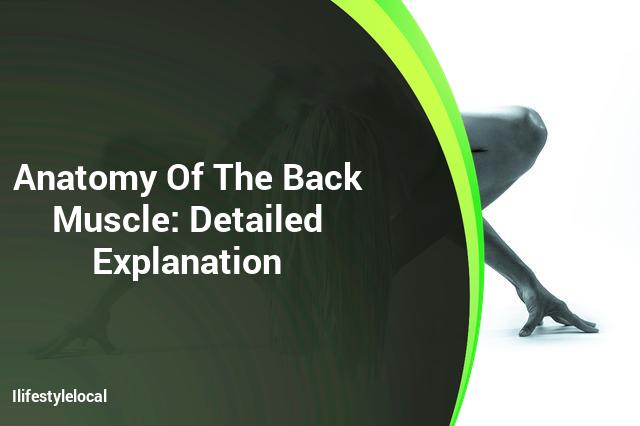Your “back” is made up of many muscles, which work together to stabilize your spine and control your arms.
Your back muscles will be active when your front body is engaged in exercises, such as pressing down on your bench.
Anatomy Of The Back Muscles
Latissimus Dorsi

The dorsal lats are also known as “the lats” and consist of two large flat muscles that run along the sides of the body.
From the mid-back to the lower back, the lats connect directly to the spine.
These extend from the sides, taper off at the top, then join the upper extremity.
There are many different uses for the lats, including:
Shoulder extends
The shoulder is taken
Horizontal abduction of the shoulder
Internal rotation of the shoulder
Assists in extension and lateral stretching of the lower lumbar spine.
The V-taper can also be formed by the development of lats, which are visible protruding from your back or side.
They are called wings because their lats protrude from the sides of men.
Trapezius Muscle

More commonly, the muscles of trapezius is referred to as “the traps.”
The size of traps could have an impact on how you look.
Flatter than your neck and shoulder, you won’t get much attention. If you have large boulders, however, it will be easy to gain respect.
It is located at the mid-back on the spine, where it originates.
The occipital connects with the external protuberance at the end of it.
It’s also known as the “neck muscles”.
These traps are located at the rear of your body. They angulate towards the shoulder where they connect to the clavicle and the scapula.
These traps create a slimmer look and are essential for maintaining neck health.
These are essential to maintain a healthy scapular position.
These people are responsible:
Pull your shoulders up and pull them up.
When scapular retractio is complete, retract the shoulders
Stabilizing the base of the scapula
Protect your neck.
Erector spinae

Did you notice a canyon at the middle of the back when lifting?
On the other side of their spine, you can see a set of strong erector spinal muscles.
Actually, the erector spine column is actually 3 main muscles that control and maintain the spine.
The iliocostalis is positioned in the lateral (outside), towards the longissimus, and then bends its spine towards its right.
Additionally, the iliocostalis extends and supports the spine column.
Longissimus

The longissimus, which is between the iliocostalis (the spinal) and the other erector muscle supporting the spine, can be found in the middle of the two.
You can extend your spine and flex the neck.
Spinalis

The closest of all three is the spinalis.
You can move the neck, head, and spine.
These muscles are found between the vertebrae.
It runs its length, from the sacrum and hips to the base of the skull.
These muscles are vital for the good health of your spine and posture.
Rhomboid Major and Minor

Two muscle groups, the major and minor Rhomboids, rest above each other and are formed as rhomboids.
Rhomboids can be defined as parallelograms with unruly sides or angles that are not familiar in geometrical concepts.
The lower spine is where the muscle originates, and it’s attached to the scapula.
They are tiny but play an important role in the control of the scapula.
The scapula is controlled by both the upper and lower scapula. Push your scapula towards the wall, then pull the scapula back.
A weak rhomboids may affect your ability to keep a steady scapular.
It can cause a series of biomechanical issues.
Your scapula must be properly managed in order for your upper extremities to function correctly from a solid foundation. This can lead to irregular movements and joint imbalances.
Rhomboids can be trained when you are tracing your scapula, bracing it and adjusting them.
They do exactly this, which would be impossible without them.
It’s good practice to follow proper technique when doing pull-up exercises. ),
Your rhomboids will be strengthened.
To increase strength and endurance, it is a good idea to do some light and mobility exercises.
Posterior Deltoids

Technically, your shoulders are made up of the deltoids, but they actually have three heads. The anterior, Acromial, and Posterior.
Because it is an area of the back, the posterior can be the most problematic.
Its primary function is to draw the arm back from different angles.
It’s easy to add an exercise that targets posterior delts, which is the best thing about it.
Because almost all the back exercises that involve arms already have hit them.
The Benefits of Having a Strong Back

It is important to understand why having a strong spine can benefit your health before we can figure out how to make it happen.
A V-taper can be achieved by strengthening your back.
The full-back symbolises strength and power at the gym.
It could even improve your quality of life.
Many of today’s common conditions are caused by weak back muscles. Poor posture and back pain are just some of the common ailments we see today.
In the current study, for example, an individual’s elbow pain disappeared completely following a program that focused only on strengthening her upper- and middle traps.
Studies show that weak necks, and poor control over the scapula are the most common problems.
Unbalanced lower back can cause a host of problems below the waist, such as general discomfort or other issues.
If you don’t have any issues with this back exercise routine,

